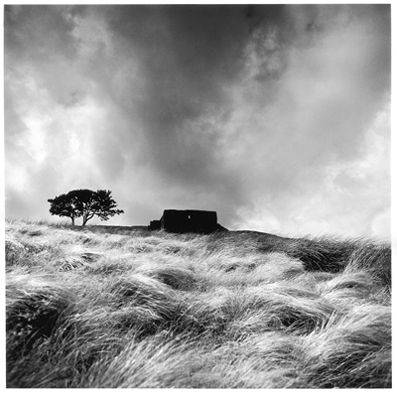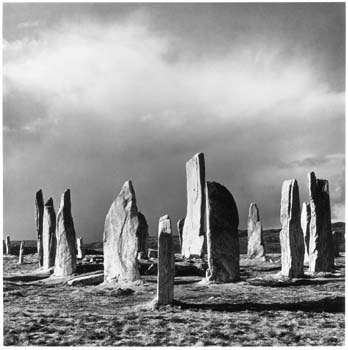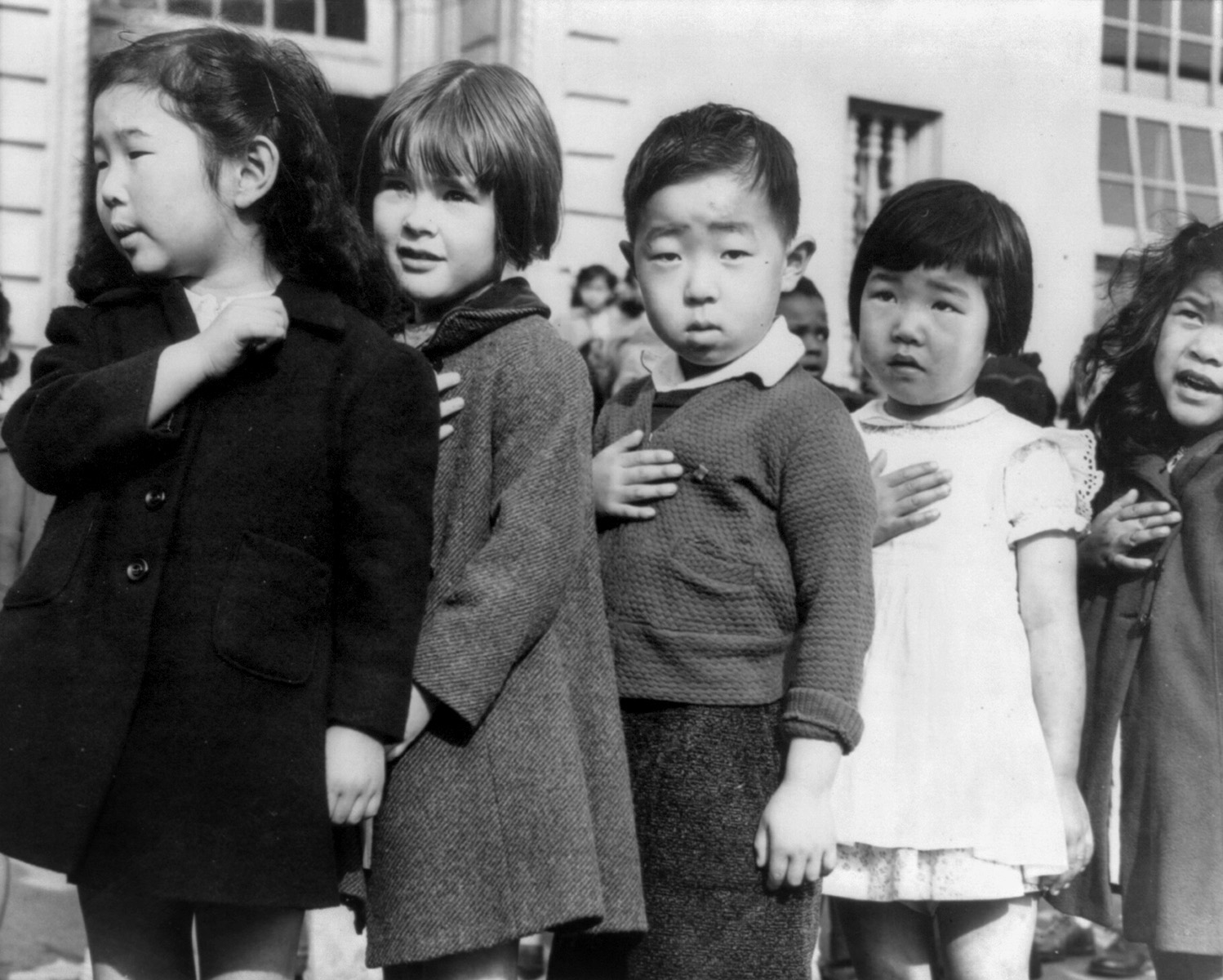Getting Started Week One- 27th September
Jane Bown and Her Work
Images for jane bown
In todays seminar with katy, we were set a task to, in our our time, try and take a self portrait by only using still life objects, so things that represent me!
I did some research on google to see if i could find some images to show Still Life Portrait Photography, these are some images that i have found and that have inspired me in a way to do my own :-
Day one of Personal Development Planning-
Today was our first session on Personal Development Planning, within this session I created and set up my own personal "Blogger" site and also my own personal "Flickr" site.
We went through and discussed how a blog works and what work should be going on to my blog.
Also today we looked at 2 different website, which I will later research in more depth. These 2 different websites were :-
- Whitworth Manchester
- Darkmattersart
Week Two - Goals - 4th October
In this weeks Personal Development Planning seminar with katy, we discussed the different types of goals we would each have while we were here at University doing the Photography Course. Katy asked us each to think of 3 Short Term Gaols and then 3 Long Term Goals. These goals could be anything we wanted.
My goals are listed Below:-
Short Term Goals-
- Get a Distinction
- Improve my knowledge and photograph taking within the studio
- Improve on my knowledge of Photographers
Long Term Goals-
- Pick an area of photography that I want to pursue
- More work experience as a Photographer
- Become a Professional Photographer
Week 3 - Case Study - 11th October
Within our PDP sessions we have to write 3 different case studies on 3 different photographers. Within these case studies we have to answer certain questions about the photographers. For my case studies i have chosen to research 3 different areas of photography, so i am able to get an insight to different genres, and what different photograph's you can take. The 3 different type of photography that i have chosen research are - Portraiture, Landscape, and Documentary. Here below are my 3 case studies.
" The best pictures are uninvited, they're suddenly there
For my Case Study I have chosen to write about and research more into the life of Jane Bown.
Within our PDP sessions we have to write 3 different case studies on 3 different photographers. Within these case studies we have to answer certain questions about the photographers. For my case studies i have chosen to research 3 different areas of photography, so i am able to get an insight to different genres, and what different photograph's you can take. The 3 different type of photography that i have chosen research are - Portraiture, Landscape, and Documentary. Here below are my 3 case studies.
" The best pictures are uninvited, they're suddenly there
in front of you ... easy to see but difficult to catch."
For my Case Study I have chosen to write about and research more into the life of Jane Bown.
Jane Bown (born 1925) is a British Photographer who has worked for The Observer newspaper in the United Kingdom since 1949. Her Portraits of the famous of the 20th and 21st centuries have received critical acclaim, earning her an exhibition of her work in the National Portrait Gallery in London in 1980. The images she produced were mainly Black and White and the only light she used for her photographers was the light that was available to her at that moment in time.
Jane Bown was born in Dorset in 1925 and she spent the war in Liverpool with the Wrens working as a chart corrector. After leaving the service she had been offered a two-year grant to study a course of her choice and looking at her options she decided to learn photography at the Guilford School of Photography.
Jane Bown was born in Dorset in 1925 and she spent the war in Liverpool with the Wrens working as a chart corrector. After leaving the service she had been offered a two-year grant to study a course of her choice and looking at her options she decided to learn photography at the Guilford School of Photography.
Jane Studied photography at Guildford College under Ifor Thomas. While she was studying at College she started out just doing portrait photography. When she graduated she embarked on a career as a child portrait photographer and until the winter of 1949, Jane's photographs were mainly of children. But this all changed when she given a great opportunity by "The Observer" asking her to photograph Bertland Russell.
The later on she went on to be awarded a MBE in 1985 but then was Upgraded to a CBE in 1995.
The later on she went on to be awarded a MBE in 1985 but then was Upgraded to a CBE in 1995.
Here i have just added in a link of a video that is first about Jane Bown and how she started out and then during the rest of the video, she goes on to talk about how she worked for "The Observer" and how she came to photograph the famous people within her images. She also talks about how she took each of the photographs and what the people were like while she taking the photograph.
Throughout Jane Bowns career she was able to photograph many famous people, some of these people were :-
- Orson welles
- Henri Cartier-Bresson
- Margaret Thatcher
- John Lennon
- And Queen Elizabeth
I briefly mentioned at the start of my Case Study that Jane Bown's work was Published in "The Observer, but she also had her work publishe many other times and also her work was in many exhibitions, some of these exhibitions and publications included :-
- The Gentle Eye', National Portrait Gallery, London (1980-1)
- Rock 1963-2003'
- 'Unknown Bown 1947-1967'
- Guardian Newsroom, London (2007-8)
- The Gentle Eye (1980)
- Women of Consequence (1986)
- Men of Consequence (1987)
- The Singular Cat (1988)
- Pillars of the Church (1991)
I have chosen to do my case study on Jane Bown because i like how simple the content of the images are but how effect they look.
I also i think its interesting how she only does them in black and white, never colour. I think the black and white give the images a more powerful look and feel to them.
I also think its very clever how she has photographed famous people becuase through these images she took, as a viewer i feel like i am getting an insight to how they felt on that day and to who they really are.
I again think these images are clever and well done because i think they can appeal to all different ages groups, and will never get old.
Reference:-
Jane Bown and Her Work
Images for jane bown
Second Case Study - Fay Godwin
"My way into photography was through family snaps in the mid-1960’s. I had no formal training, but after the snaps came portraits, reportage, and finally, through my love of walking, landscape photography, all in black and white."
Third Case Study - Dorothea Lange
"My way into photography was through family snaps in the mid-1960’s. I had no formal training, but after the snaps came portraits, reportage, and finally, through my love of walking, landscape photography, all in black and white."
For my second case study i have decided to write about and research Fay Godwin. Fay Godwin was a British Photographer but was mostly known for the Black and White Landscape images of the British country side that she took.
Unlike other well known photographers who went to school to learn about and how to do photography, Godwin didn't have any formal training, she was self - taught within her field. She first became interested in photography by taking snap shots of her young children, but later became more interested and started taking pictures of the country side because she enjoyed long walks.
Within Fay's early work before she stared taking images of landscapes a lot of her clients were well known writers that were introduced to her by her husband, She simply photographed each of them just sitting within their own homes.
I think the location of Fay Godwin's photographs played a big part to her success because she was a british citizen anyway, and by taking images of the places you are around everyday of your life, i think you are able to capture certain things and feels within the images. Fay Godwin was so successful by taking images of the British landscapes as well because her images are both "Aesthetic" and "Political".
After the publication of her first books—Rebecca the Lurcher (1973) and The Oldest Road: An Exploration of the Ridgeway (1975), co-authored with J.R.L. Anderson—she was a prolific publisher, working mainly in the landscape tradition to great acclaim and becoming the nation's most well-known landscape photographer. Her early and mature work was informed by the sense of ecological crisis present in late 1970s and 1980s England.In the 1990s she was offered a Fellowship at the National Museum of Photography, Film and Television (now theNational Media Museum) in Bradford, which pushed her work in the direction of colour and urban documentary.
She also began taking close-ups of natural forms. A major exhibition of that work was toured by Warwick Arts Centre from 1995–97; Godwin self-published a small book of that work in 1999, called Glassworks & Secret Lives, which was distributed from a small local bookshop in her adopted hometown of Rye in East Sussex.
After the publication of her first books—Rebecca the Lurcher (1973) and The Oldest Road: An Exploration of the Ridgeway (1975), co-authored with J.R.L. Anderson—she was a prolific publisher, working mainly in the landscape tradition to great acclaim and becoming the nation's most well-known landscape photographer. Her early and mature work was informed by the sense of ecological crisis present in late 1970s and 1980s England.In the 1990s she was offered a Fellowship at the National Museum of Photography, Film and Television (now theNational Media Museum) in Bradford, which pushed her work in the direction of colour and urban documentary.
She also began taking close-ups of natural forms. A major exhibition of that work was toured by Warwick Arts Centre from 1995–97; Godwin self-published a small book of that work in 1999, called Glassworks & Secret Lives, which was distributed from a small local bookshop in her adopted hometown of Rye in East Sussex.
Godwin was also within her time as a photographer was awarded an honorary fellowship of the Royal Photographic Society in 1990 and had a major retrospective at the Barbican Centre in London in 2001.
Here are just a few example of her images that i think represent her well and are both pleasing to look at and powerful.
Third Case Study - Dorothea Lange
"One should really use the camera as though tomorrow you'd be stricken blind."
For my third and final case study i have chosen to write about and research a Documentary Photographer called Dorothea Lange.
Lange was an influential American documentary photographer and photojournalist, best known for her Depression-era work for the Farm Security Administration (FSA). Lange's photographs humanized the consequences of the Great Depression and influenced the development of documentary photography. http://en.wikipedia.org/wiki/Dorothea_Lange
For education Lange went to learn Photography at Columbia University in New York City. She was informally apprenticed to several New York photography studios, including that of the famed Arnold Genthe. In 1918, she moved to San Francisco, and by the following year she had opened a successful portrait studio.She lived across the bay in Berkeley for the rest of her life.
During the great depression she turned and changed from being a portrait photographer in a studio to going out and capturing images from the streets. From doing this she later gained employment from the federal Resettlement Administration, later called the Farm Security Administration.
After this she went on to marry a different man by the of Taylor, from doing this he later educated her on the social and political matters, and together they documented rural poverty and the exploitation of sharecroppers and migrant laborers for the next five years — Taylor interviewing and gathering economic data, Lange taking photos.
Lange was an influential American documentary photographer and photojournalist, best known for her Depression-era work for the Farm Security Administration (FSA). Lange's photographs humanized the consequences of the Great Depression and influenced the development of documentary photography. http://en.wikipedia.org/wiki/Dorothea_Lange
For education Lange went to learn Photography at Columbia University in New York City. She was informally apprenticed to several New York photography studios, including that of the famed Arnold Genthe. In 1918, she moved to San Francisco, and by the following year she had opened a successful portrait studio.She lived across the bay in Berkeley for the rest of her life.
During the great depression she turned and changed from being a portrait photographer in a studio to going out and capturing images from the streets. From doing this she later gained employment from the federal Resettlement Administration, later called the Farm Security Administration.
After this she went on to marry a different man by the of Taylor, from doing this he later educated her on the social and political matters, and together they documented rural poverty and the exploitation of sharecroppers and migrant laborers for the next five years — Taylor interviewing and gathering economic data, Lange taking photos.
In 1941, Lange was awarded a Guggenheim Fellowship for excellence in photography. After the attack on Pearl Harbor, she gave up the prestigious award to record the forced evacuation of Japanese Americans to relocation camps, on assignment for the War Relocation Authority. She covered the rounding up of Japanese Americans and their internment in relocation camps, highlighting Manzanar, the first of the permanent internment camps. To many observers, her photograph of Japanese-American children pledging allegiance to the flag shortly before they were sent to internment camps is a haunting reminder of this policy of detaining people without charging them with any crime or affording them any appeal.
Her images were so obviously critical that the Army impounded them. Today her photographs of the internment are available in the National Archives on the website of the Still Photographs Division, and at the Bancroft Library of the University of California, Berkeley.
In 1945, Lange was invited by Ansel Adams to accept a position as faculty at the first fine art photography department at theCalifornia School of Fine Arts. Imogen Cunningham and Minor White joined as well.
In 1952, Lange co-founded the photographic magazine Aperture. Lange and Pirkle Jones were commissioned in the mid-1950s to shoot a photographic documentary for Life magazine of the death of Monticello, California and of the displacement of its residents by the damming of Putah Creek to form Lake Berryessa. The magazine did not run the piece, so Lange devoted one whole issue of Aperture to the work. The photo collection was shown at the Art Institute of Chicago in 1960.
Week 4 - Self Portrait- 17th october
In todays seminar with katy, we were set a task to, in our our time, try and take a self portrait by only using still life objects, so things that represent me!
I did some research on google to see if i could find some images to show Still Life Portrait Photography, these are some images that i have found and that have inspired me in a way to do my own :-
Now here is my own Self portrait just using Still Life Objects, they are all the same but edited in different ways to give a different effect.
To improve on my Sill Life images, i am going to experiment with different lighting methods, different or more objects and also with different backgrounds.
Ebay Advert - 28th November
In our seminar today, we were asked to make our own Ebay Advert to sell ourselves. Here is the advert i made about myself.
Name: Sophie Cryer
Date of Birth: 20/02/91
Condition: Excellent Condition
Description: 20 years old, Can work well in a team, and by herself,
Easy to talk too, Fun to be around,and reliable.
Price: Email to Enquire
Bids: 3
Watches: 5






















